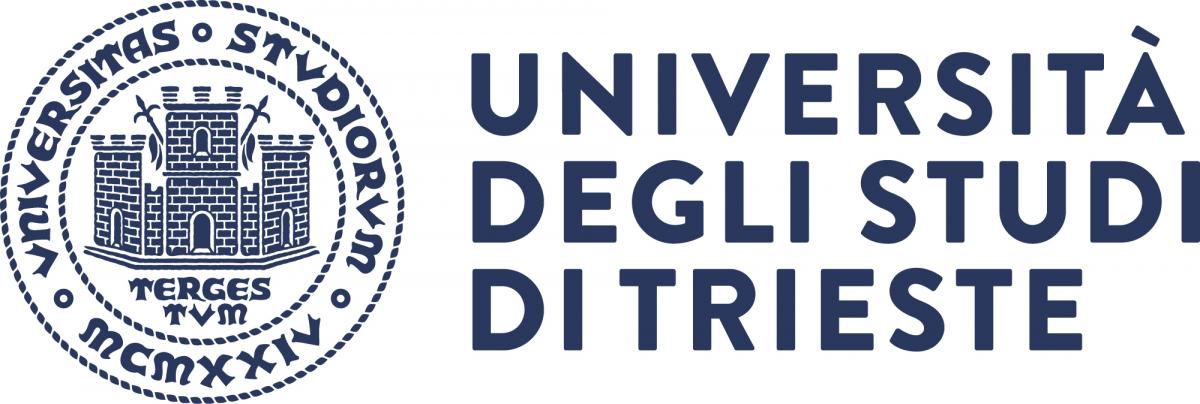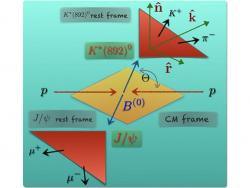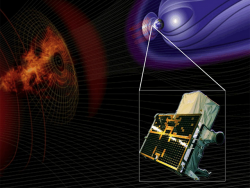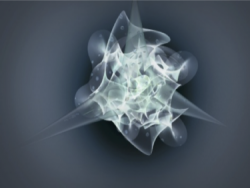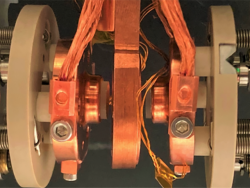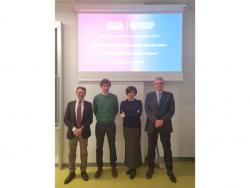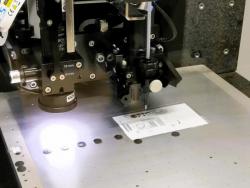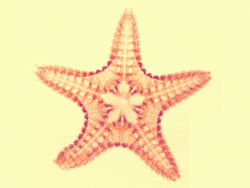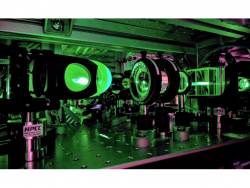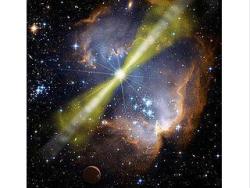- Home
- Dipartimento
- Ricerca
- Didattica
- Post Lauream
- Trasferimento della conoscenza
- Come fare per
Meccanica Quantistica e Fondamenti
We work in several areas of quantum mechanics: models of psontaneous wave function collapse, open quantum systems, the quantum/gravity interplay, quantum computing.
For further information: www.qmts.it
Collapse Models
Quantum mechanics is undoubtedly a successful theory. Nevertheless, it is still puzzling the scientific community with its unsolved problems. Where does the border between the quantum (microscopic) and the classical (macroscopic) world lay? How can one reconcile quantum linearity with the lack of macroscopic superpositions? What is the role of the wave function? How does it collapse? These are only few of the open problems on the foundations of quantum mechanics.
The group is engaged in developing and testing models of spontaneous wave function collapse, which aim at giving a coherent answer to the questions above. After the seminal model by Ghirardi, Rimini, and Weber [1], several models describing the wave function collapse were developed in the following years [2]. The group is focused on two research directions: testing current collapse models, working in close contact with experimental physicists, and developing their extensions to dissipative and non-Markovian dynamics, and to the relativistic framework.
Decoherence and Open Quantum Systems
Even in the most sophisticated experimental laboratories, quantum systems are unavoidably affected by the sur- rounding environment. Such an action can overtone the effects one desire to observe. Beside phenomena like dissipation and approach to thermal equilibrium, which are also present in classical systems, in the context of open quantum systems environmental decoherence plays the most significant role. This is indeed responsible for the loss of the quantum coherence and thus of the quantum traits of the system dynamics. To reduce the environmental action on the system, it is essential an accurate derivation and characterization of effective equations of motion embedding such effects.
The group works on modelling and quantifying these phenomena. For instance, in the recent work [3], we addressed the possibility of decoherence due to vacuum fluctuations. Even when the radiation field is in the vacuum state, its quantum description still leaves us with non vanishing fluctuations of the electric and magnetic fields. Working within the framework of open quantum systems, we showed how one might formulate and understand the interaction of a charged particle with the unavoidable environment of vacuum fluctuations.
Another interesting scenario is when gravity plays the role of the environment causing the loss of quantum coherence. We also work on developing such models [4].
Quantum / Gravity Interplay
The conciliation of relativity and quantum theories has always been problematic. The reasons are mainly two. On the one side, quantum nonlocality (exemplified by the violation of Bell inequalities) creates a direct conflict with special relativistic requirements. On the other side, the unification of quantum and gravitational phenomena has not yet reached the desired goal. On top of this, one should not forget that existing relativistic quantum field theories are plagued by infinities. Crucial questions are still open: how can our world be nonlocal but at the same time be relativistic? Does gravity really need to be quantized? How is the gravitational field generated by a quantum superposition shaped? In recent years, several scientists have been proposing ideas which differ from the dominant view. For instance, in [5] Penrose highlighted the tension between the general theory of relativity and quantum superpositions.
The group is also engaged in similar investigations [6]. In particular, for a system interacting with gravitational waves, we would like to understand how the effective dynamics of the system (obtained after averaging over the gravity-waves environment) looks like and to compare the differences in predictions between a quantum and a classical treatment of gravity.
References:
[1] G.C. Ghirardi, A. Rimini, and T. Weber, Phys. Rev. D 34, 470 (1986).
[2] A. Bassi and G.C. Ghirardi, Phys. Rep. 379, 257 (2003); A. Bassi et al., Rev. Mod. Phys. 85, 471 (2013).
[3] A. Gundhi and A. Bassi, Phys.Rev.A 107 (2023) 6, 06280.
[4] A. Bassi et al., Class. Quantum Grav. 34, 193002 (2017); M. Carlesso and A. Bassi, Phys. Lett. A, 380, 31-32 (2016).
[5] R. Penrose, General Relativity and Gravitation volume 28, pages 581–600 (1996)
[6] A. Bassi, Nat. Phys. 11, 626 (2015); G. Gasbarri et al., Phys. Rev. D 96, 104013 (2017).
Info
Ultimo aggiornamento: 11-09-2025 - 08:37

